Catching butterflies
By Thomas Nelson, tnelson@charlescitypress.com
Floyd County Conservation held a monarch butterfly tagging event Sunday at the Fossil and Prairie Park.
Children and adults all took part to help catch and tag monarch butterflies that were going to head south.
“We’re tagging monarchs before they head south for their migration,” said Floyd County Conservation Naturalist Heidi Reams. “It’s kind of a citizen-scientist project.”
Tagging the monarchs helps monitor the population and see how successful the migration is, Reams said.
Monarchs that head south are considered part of the super generation of monarchs because they live longer than a regular monarch butterfly, Reams said.
“All of the other generations in between have just stayed in this area,” Reams said. “They go from egg to adult in 30 days.”
The monarchs go to Mexico and South America, Ream said.
“They’ll go down there, spend the winter and then come back,” she said. “That generation may might make it all the way back, but they’ll come back to Texas and Oklahoma before they start laying their eggs and continuing on.”
Floyd County Conservation has been annually tagging monarchs for awhile.
“We stopped for a couple of years because the populations were so down, and we weren’t seeing as many,” Reams said.
One of the main reasons that the monarch population has gone down is the lack of milkweed.
“That is the sole food source for the caterpillar stage,” Reams said. “We don’t have as many milkweeds around as we used to.”
There are multiple types of milkweed and all if not most of them can support monarch caterpillars.
“That family of plants is what the caterpillars need for their food source,” Reams said. “The Midwest is an important breeding ground for them.”
Monarchs aren’t just facing problems here. Their wintering habitat is being destroyed.
The creation of pastures and deforestation in Mexico and South America takes away spots for the monarch, Reams said.
Anyone can tag monarchs if they want. Tags can be purchased through monarchwatch.org.
“If you have a small little flower garden have some milkweeds,” Reams said. “You don’t have to have wide open spaces.”
Floyd County Conservation works with monarchwatch.org to tag and all of the results are sent to them, she said.
“Hopefully we’ll get one of those tags that make it all the way,” Reams said.

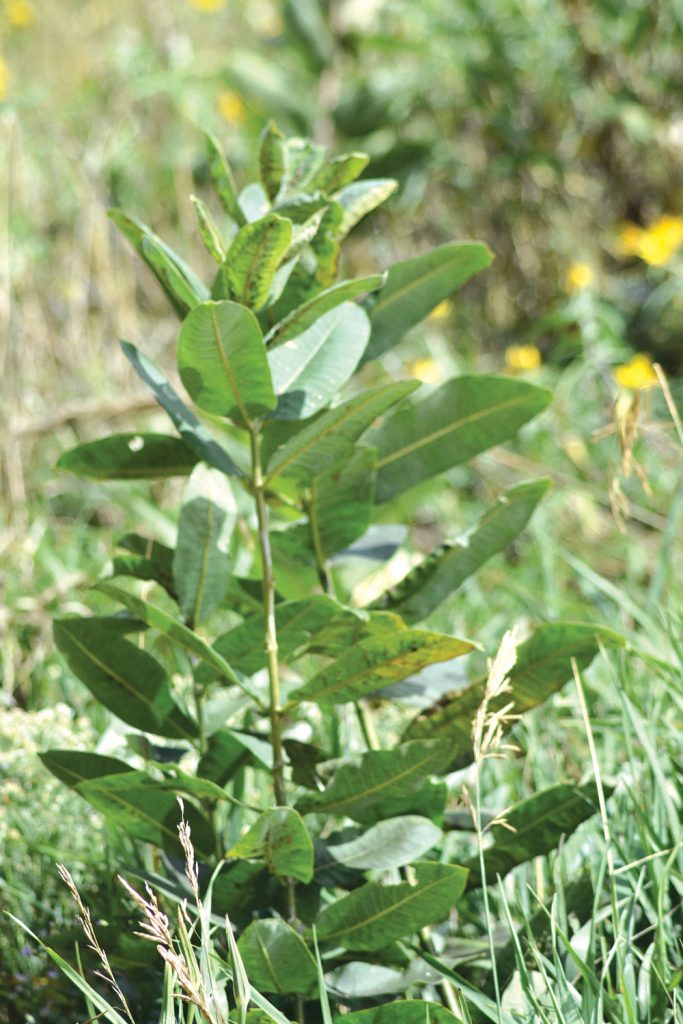
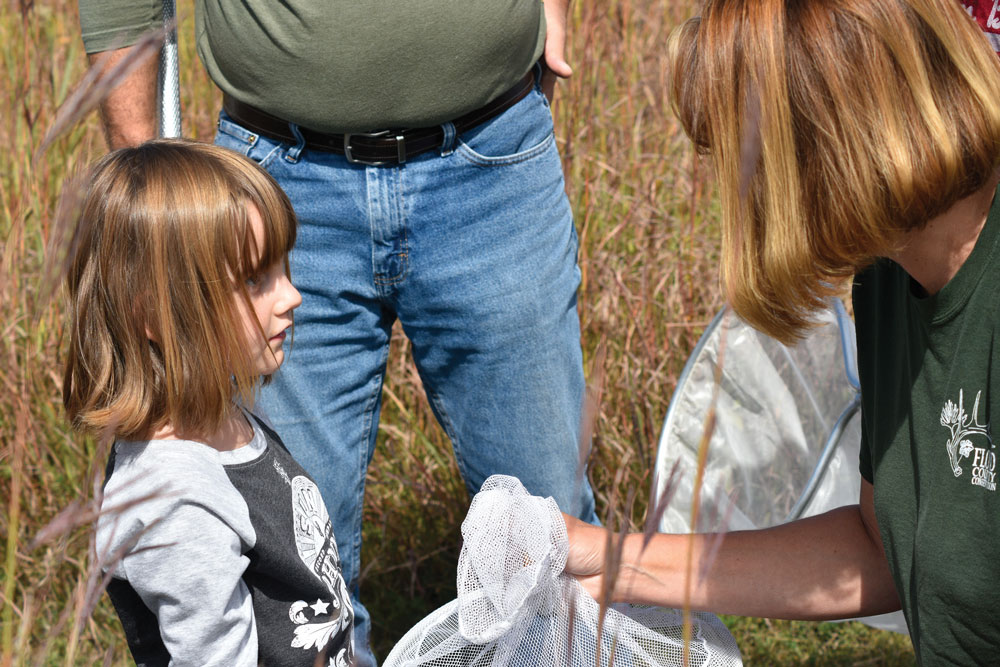
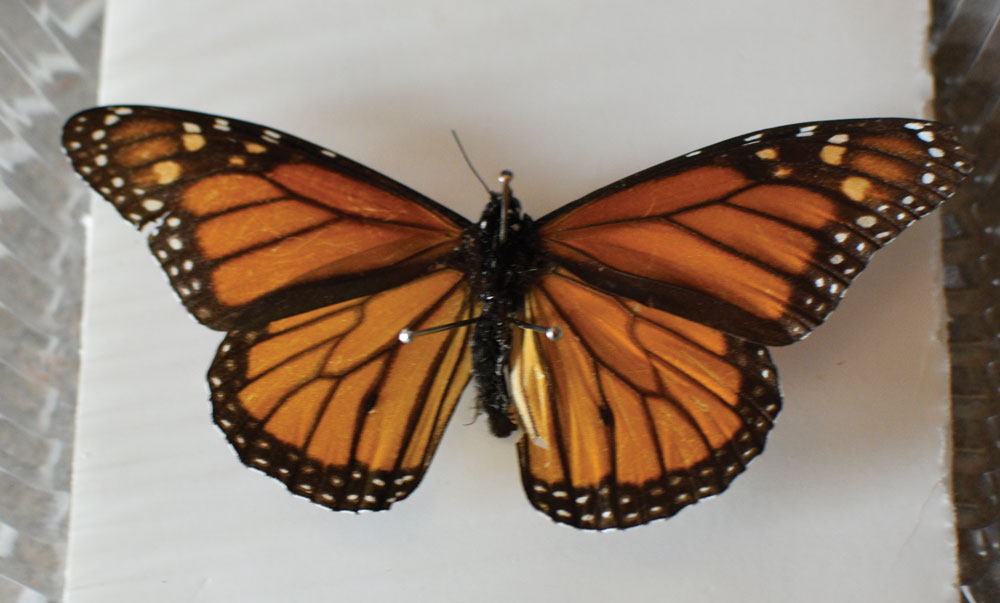
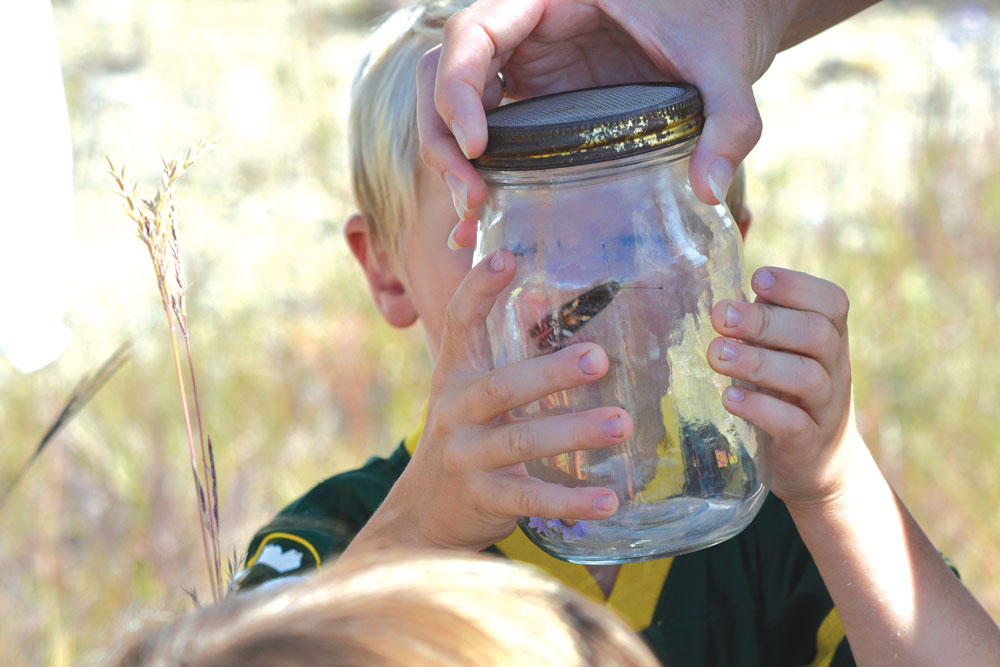
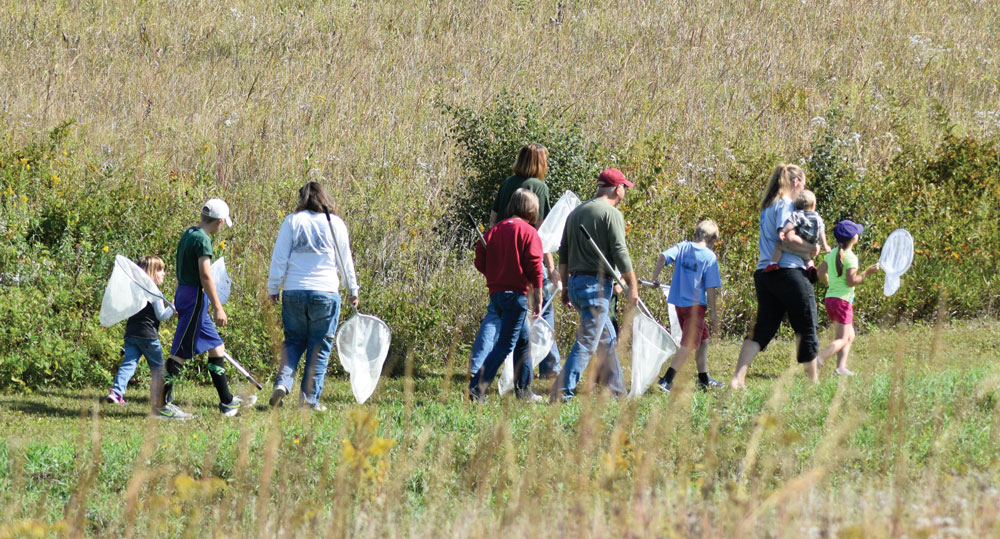





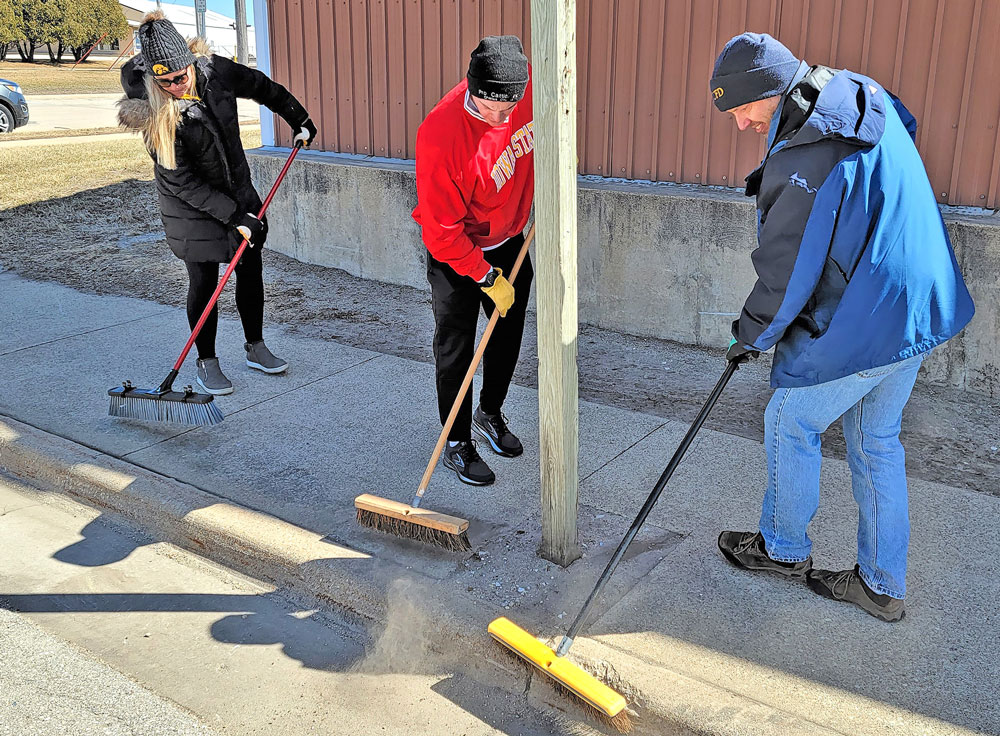



Social Share